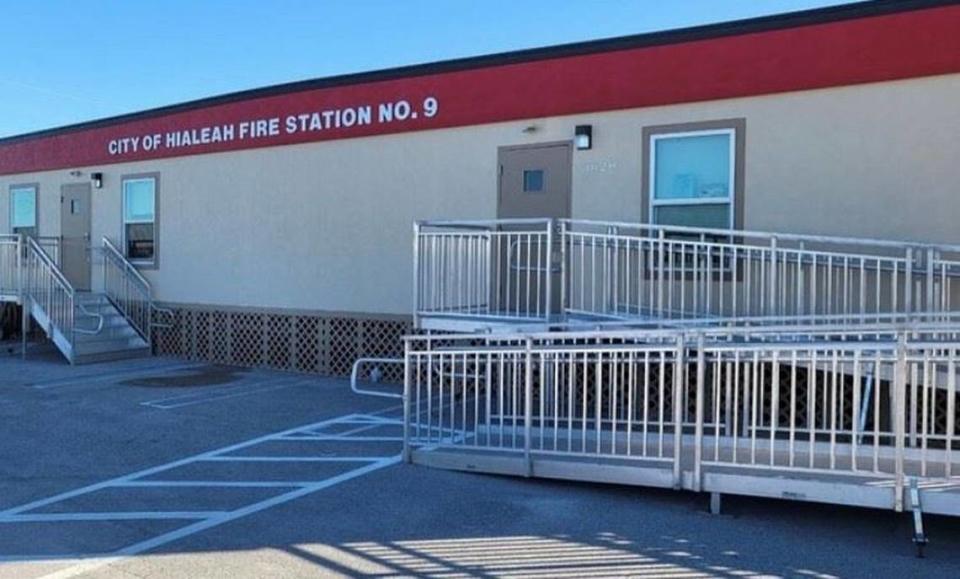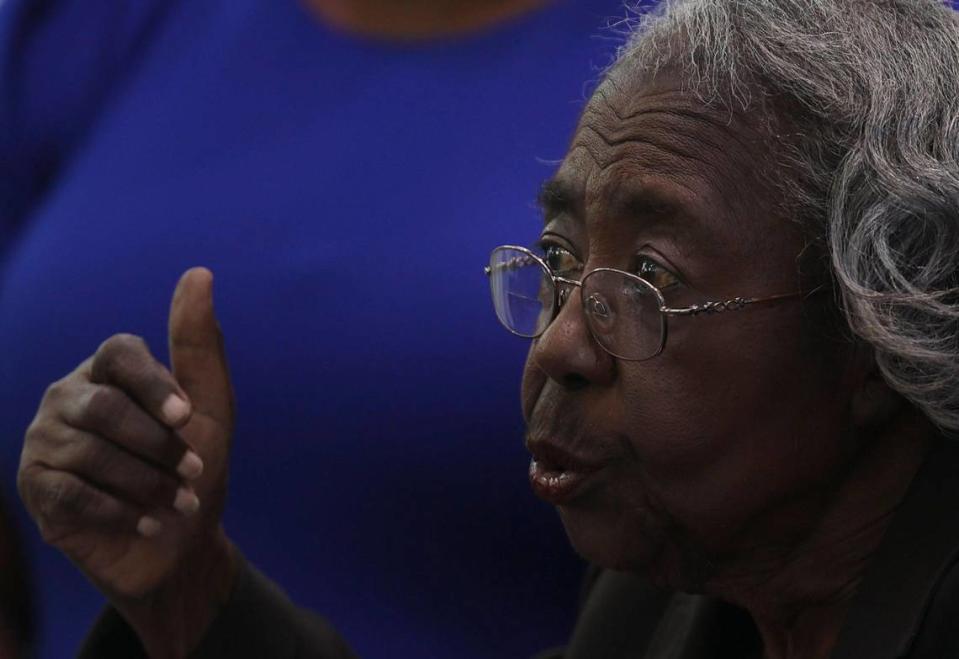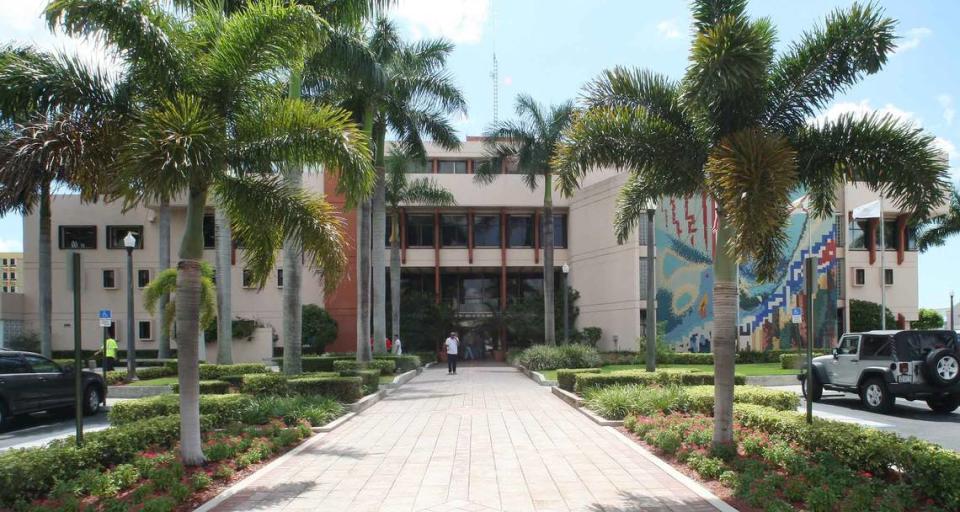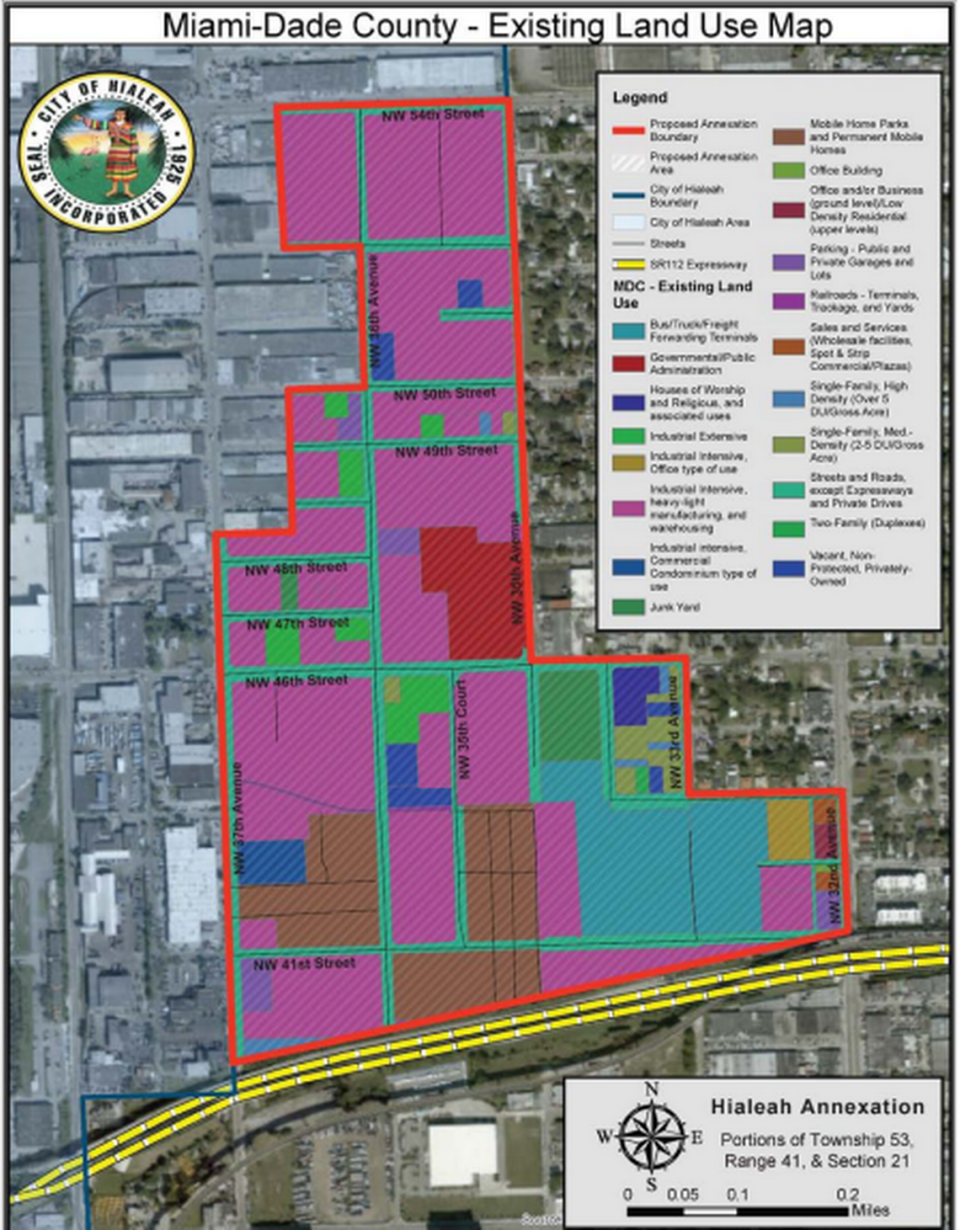Will Hialeah annex a part of Brownsville? What the plan says and how people are reacting
Hialeah is considering a plan to incorporate a section of Brownsville, a historic Black neighborhood in Miami-Dade.
City leaders say adding an industrial section of the community will generate money for Hialeah. But dozens of Brownsville leaders and residents came to Hialeah City Hall on Tuesday night to protest the plan.
Hialeah Councilman Jesús Tundidor, an incorporation advocate, told el Nuevo Herald that “Hialeah is struggling with many expenses and we have the same income. Adding a new area to the city would allow us to have additional income.”
Brownsville neighborhood rejects Hialeah’s plan to incorporate its industrial zone
The proposal comes nearly two decades after Hialeah incorporated three square miles west of Interstate 75, known as Hialeah Heights, where people have complained about a lack of services.

Tundidor said the Brownsville plan is still in the exploratory phase.
“We have to investigate the area, understand how it will affect us and the taxpayers,” he said. “We hired an engineering company to explain to us how the properties in the area are, how much it will cost us to incorporate it, to maintain it.”
Here’s what to know about the plan:
Brownsville incorporation area
Proposal: The proposal prepared by the engineering company The Corradino Group indicates that “the annexation area will provide fiscal strength to the city by increasing its tax base and allowing for significant creation of employment opportunities.”
Area profile: According to The Corradino Group, the area had 259 potential voters as of September 27, 2022, but less than 50% of the proposed area is residential. Therefore, it would not be necessary to hold a referendum to consult the residents about the incorporation plan.
Opposition: The Brownsville community has spoken out against the plan, preferring to keep in control of the unincorporated area of Miami-Dade. Kenneth M. Kilpatrick, president of the Brownsville Civic Neighborhood Association, said: “We don’t want to lose the integrity of our heritage. The Brownsville community prefers to stay in charge of its own destiny. We are a traditional African American community.”

Reaction:
▪ Enid C. Pinkney, historian and activist for the civil rights of African Americans, told el Nuevo Herald that “we believe more in the work of the county than in that of Hialeah. They have a very bad reputation in how they treat African American communities. We have a historical legacy that we don’t want to lose.”
▪ Councilman Tundidor said: “We have good relations with Seminola (a mostly African-American area of Hialeah), which I think is what they are referring to. We are looking to incorporate the industrial, not the residential part of Brownsville. What they say doesn’t align with what we’re trying to do. Hialeah is a very diverse place, not only Cubans, but also from South America. I don’t see why [the ethnic and racial issue] would be a problem.”
Brownsville opposition
Commnunity meeting: Brownsville community members gathered at Brownsville Church of Christ on Monday to speak out against the plan. The church’s pastor, Harrell L. Henton, recalled the words of the Rev. Martin Luther King Jr., “Our lives begin to end the day we become silent about things that matter.” Henton asked the community to “say something, do something. We must never stay silent about what is important to our community,” he said. “This church has been standing for 50 years for the Brownsville community and now they want this area to belong to Hialeah.” Dozens of people then showed up a day later to Hialeah CIty Hall to speak against annexation.

Profile of the proposed incorportion area
Boundaries: The proposed Hialeah inprojection area is 0.24 square miles, bounded by Northwest 54th Street to the north, Northwest 37th Avenue to the west, Northwest 35th, 33rd and 32nd avenues to the east, and State Road 112 to the south.
Character: The area has residential mobile homes, large industrial and commercial warehouses, semi-truck lots, CSX and Tri-Rail facilities, and hazardous materials facilities, according to the report.
Breakdown: According to the Inventory of Existing Land Uses provided by the Miami-Dade County Department of Regulatory and Economic Resources, Planning, Research and Economics Analysis Section (September 2022), the annexation area has approximately 150.9 acres, consisting of:
▪ 18.4 acres of residential land (12.2% of the land)
▪ 1 commercial acre, hotels, motels (0.7%)
▪ 81.6 industrial acres (54%)
▪ 40.8 acres of transportation, communications (27%)
▪ 6.6 institutional acres (4.4%)
▪ 2.5 vacant acres (1.7%)

What does Hialeah need to incorporate the area?
Public safety: The proposed incorporation area would mean a jurisdictional expansion for the Hialeah police and fire departments.
For police it would place greater demands for service in an area where the Miami-Dade Police Department handles an estimated 1,738 calls for service per year.
Hialeah would need 12 police officers and additional equipment that would cost about $2 million, according to estimates.
The fire department would have greater service demands for two stations, and on another two for backup to the area.
Risk factors: The report says that the proposed area includes an industrial area that demands a large workforce and includes “hazardous materials facilities, machines, chemicals, and fuels.” And the mobile home parks scattered throughout the area “may present a high safety risk to the lives of residents ... due to the extreme flammability and aging state of the structures.”
Like the polcie department, the report says the fire department would needs additional vehicles and 11 additional personnel. atr acost of about $2.6 million a year.
Cost to Hialeah
Funding: According to The Corradino Group report, the first year of incorporation of the Brownsville industrial zone would cost Hialeah about $4.7 million to provide police and fire services. The second year cost would decrease to $1.8 illion.
Budget: Although Councilman Tundidor did not explain where the city would get the money to cover the expenses, he assured “the report was made looking at the property as it is today, with abandoned buildings. That report does not include the potential of that area, nor the possibility of creating new developments in the future.”
Future: The councilman ruled out that the city’s plan is to displace people in the community. “That area has no single-family housing units, just two mobile home parks. The historic area will not be annexed. We are not looking for a way to incorporate historic areas.”

